Let’s Help AmeriCorps Alums Use Their Experience to Keep Giving Back
Beth's Blog: How Nonprofits Can Use Social Media
JUNE 6, 2013
Ben Duda is executive director of AmeriCorps Alums and graciously agreed to share some thoughts on this as guest post. Let’s Help AmeriCorps Alums Use Their Experience to Keep Giving Back. He had spent his AmeriCorps term as a liaison between a mayor’s office and the homeless community, building relationships and creating resources.



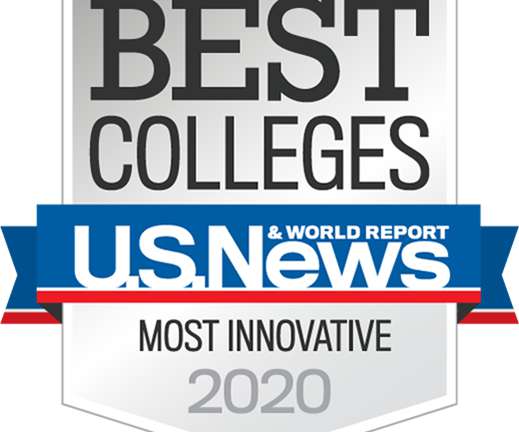
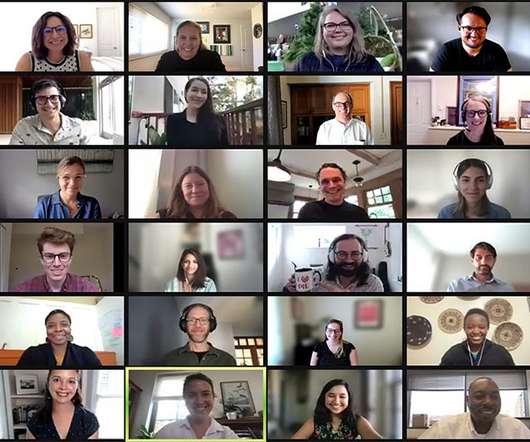







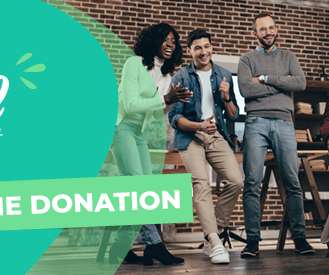


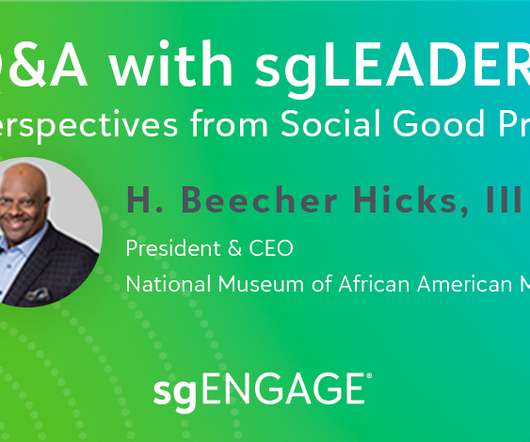

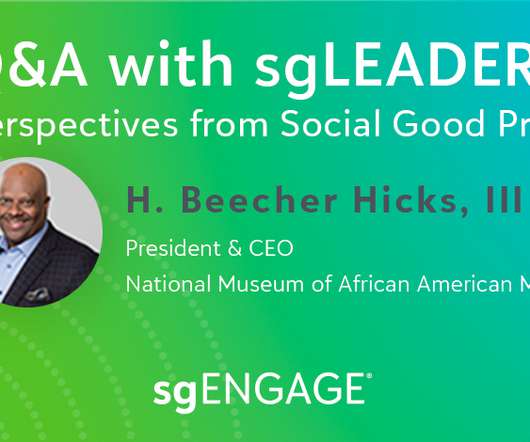

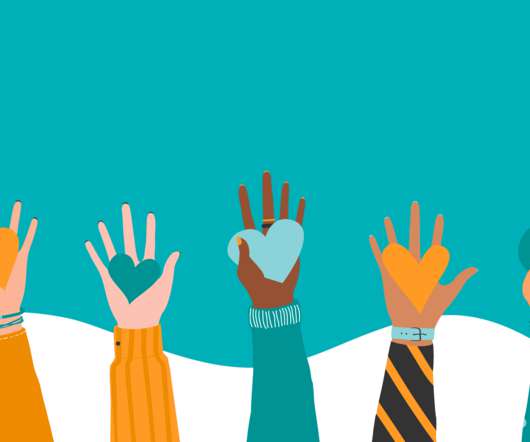






Let's personalize your content